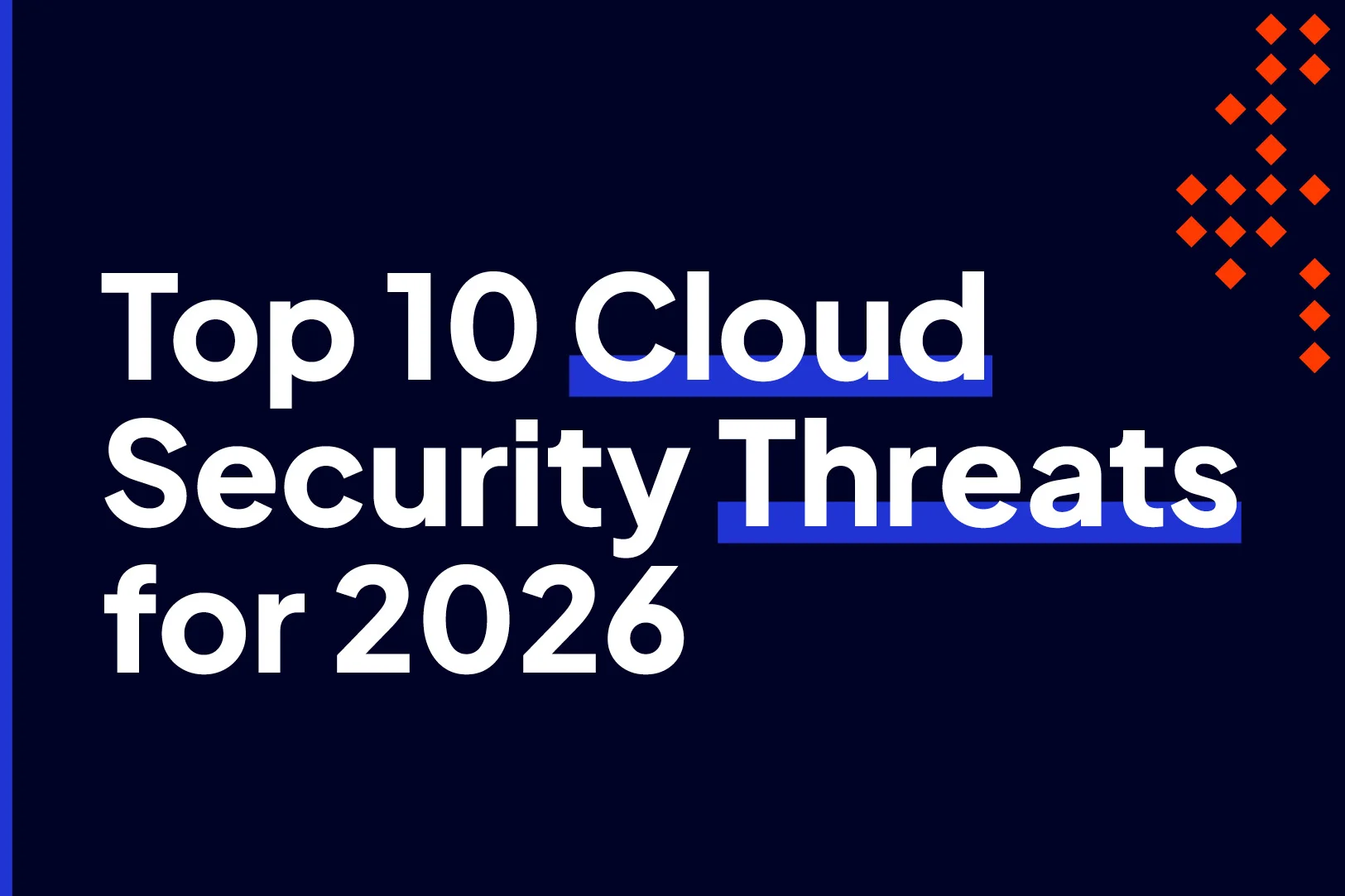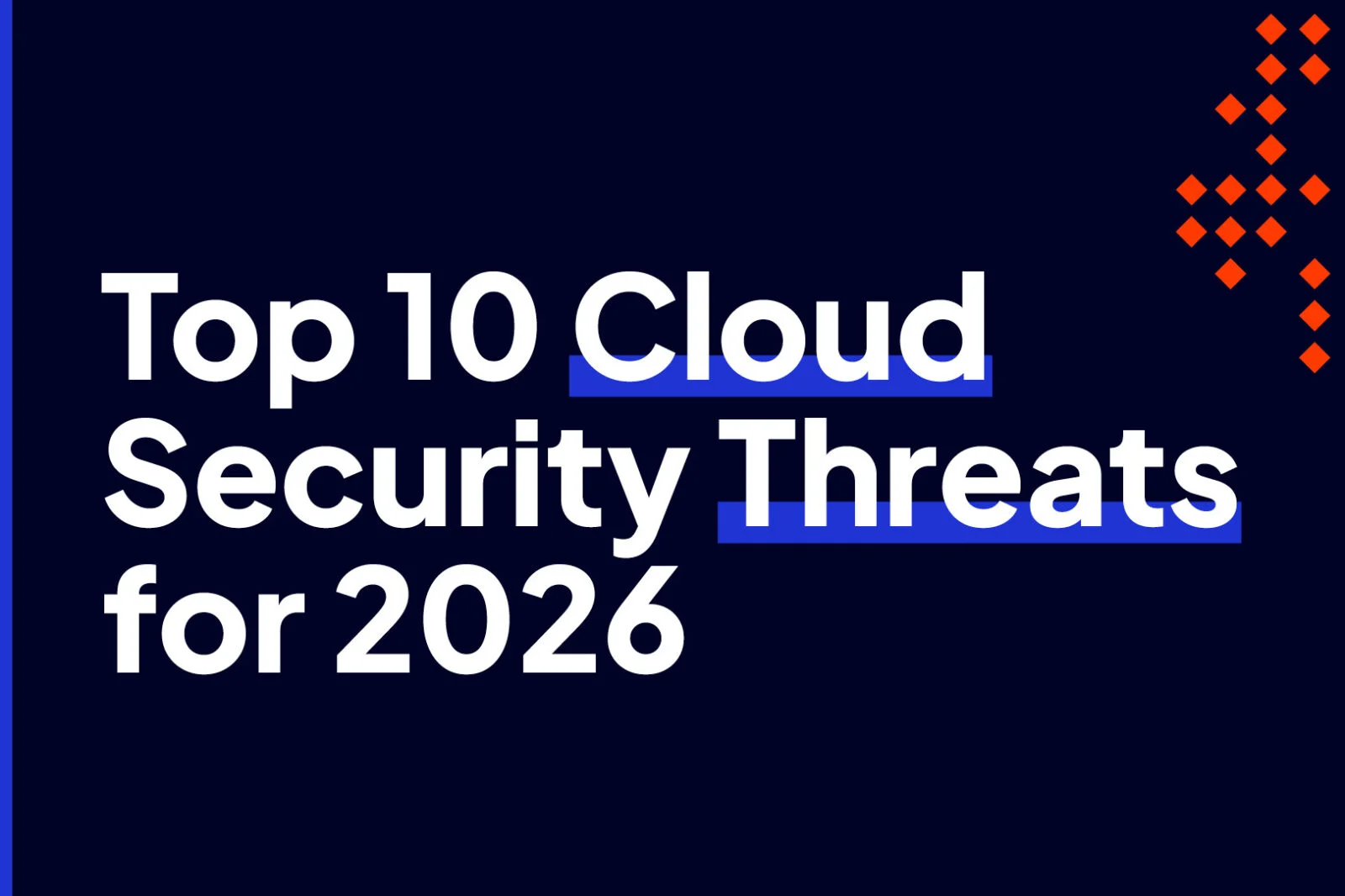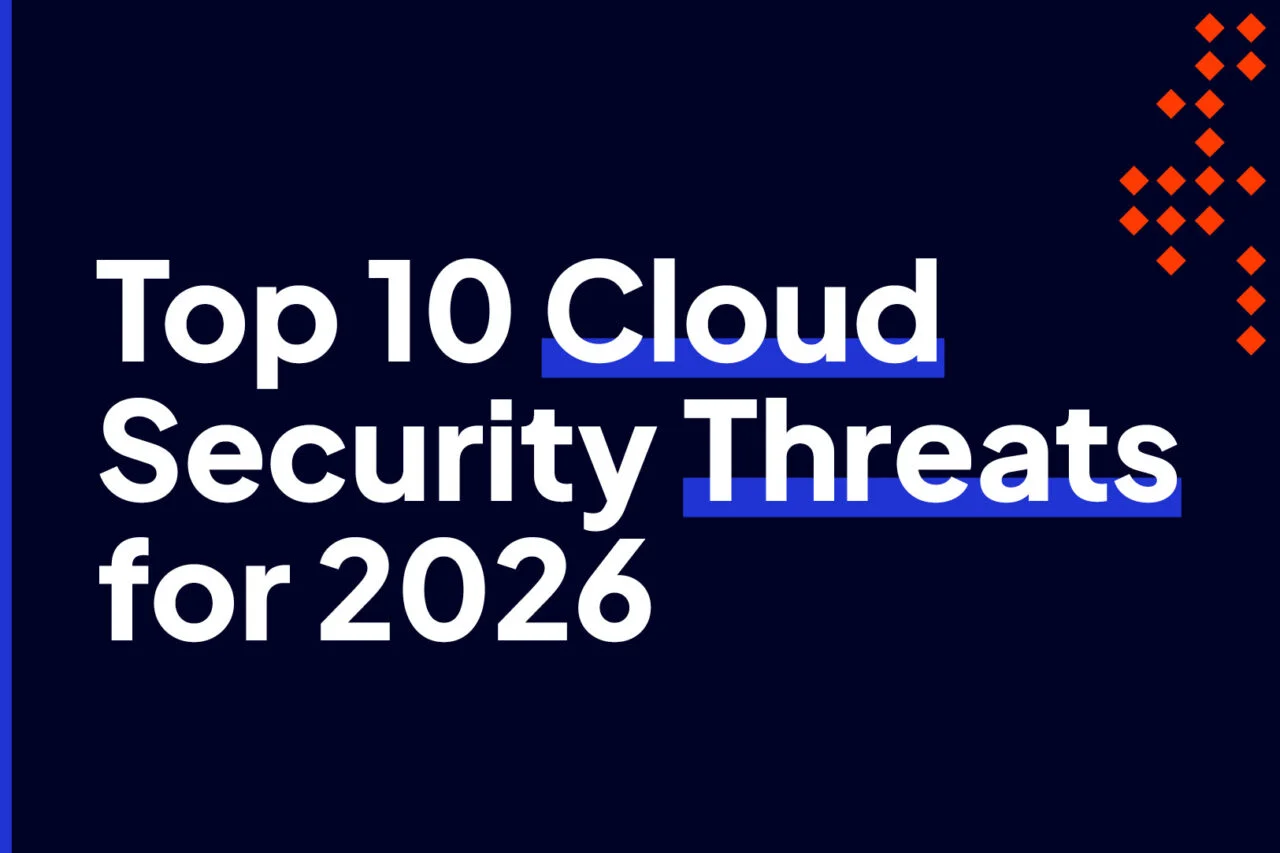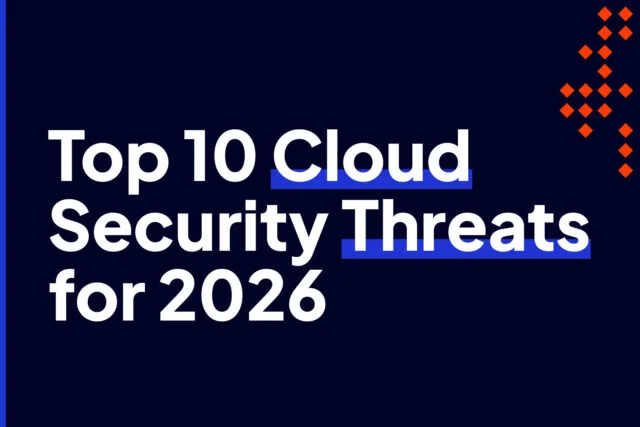






Ransomware, a form of malware that encrypts a victim's files and demands payment for their release, has rapidly evolved into a significant global threat. With attacks becoming more targeted and extortion demands soaring, the need for robust cybersecurity measures has never been more critical.
The resurgence of ransomware represents one of the most pressing cybersecurity threats facing organizations today. This post delves into the sophisticated evolution of ransomware attacks, targeting a wide array of sectors, and outlines strategies for prevention, response, and recovery to mitigate the impact of these malicious activities.
Ransomware attacks have transitioned from broad, scattershot approaches to highly sophisticated, targeted operations. Incidents like the Colonial Pipeline attack, which led to significant fuel shortages, and the attack on the Irish Health Service Executive, disrupting healthcare services, highlight the growing threat.
These cases underscore the attackers' shift towards critical infrastructure and high value targets, leveraging ransomware as a tool for major financial and operational disruption.
Preventing ransomware attacks requires a multi-faceted approach, incorporating both technological solutions and human vigilance:
A swift and coordinated response is crucial in the wake of a ransomware attack:
Many organizations have begun to adopt advanced cybersecurity measures to combat ransomware. For example, companies are increasingly deploying endpoint detection and response (EDR) systems that utilize machine learning to detect anomalous behaviors indicative of a ransomware attack. Additionally, the use of threat intelligence services helps organizations stay ahead of emerging ransomware tactics by providing real-time insights into new threats.
Intrusion’s stance of verify before trust naturally helps mitigate potential ransomware attacks. Our threat intelligence distrusts and blocks communications to known bad as well as unknown locations, helping to prevent those call homes used in many ransomware attacks.
The fight against ransomware is bolstered by global collaboration and regulatory efforts aimed at disrupting the financial mechanisms that fuel these attacks. Initiatives like the No More Ransom project, a joint effort by law enforcement and cybersecurity companies, provide tools for decrypting affected systems and advocate against paying ransoms. Furthermore, governments are enacting legislation to penalize companies that facilitate ransom payments, aiming to cut off funding to attackers.
Ransomware poses an ever-evolving threat, but with comprehensive preparation, vigilant prevention strategies, and a well-orchestrated response plan, organizations can significantly mitigate the risk of falling victim to these attacks.
By fostering a culture of cybersecurity awareness, investing in advanced protective technologies, and participating in global efforts to combat cybercrime, we can collectively navigate the challenges posed by the ransomware resurgence.
If you have questions or need help with prevention, reach out to us.